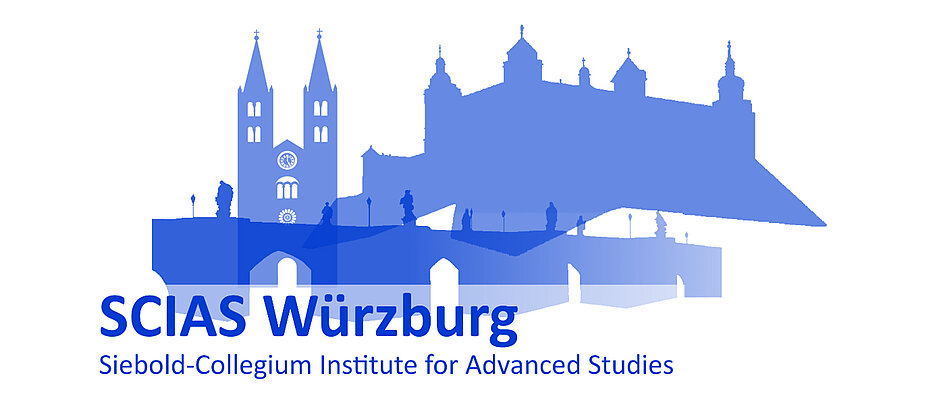Molecular Pointillism
03.12.2019Am Montag, 9. Dezember 2019, findet im Welz-Haus der Universität Würzburg ein öffentlicher Gastvortrag statt. Sein Thema ist eine neue, hochaufgelöste Form der Mikroskopie. Die Vortragssprache ist Englisch.
„Molecular Pointillism: Imaging the nano-world one molecule at a time“: So lautet der Titel des öffentlichen Vortrags von Dr. Toby Bell von der Universität Melbourne (Australien). Er findet statt am Montag, 9. Dezember, von 18:30 bis 20:30 Uhr im Hörsaal des Welz-Haus‘ der Universität Würzburg, Klinikstraße 6. Veranstalter ist das Siebold-Collegium (SCIAS). Zum öffentlichen Vortrag und der anschließenden Diskussion sind alle Interessierten herzlich eingeladen. Vortragssprache ist Englisch. Der Eintritt ist frei.
Zur Person
Dr Toby Bell is a Senior Lecturer at Monash University in Melbourne, Australia where he heads a multi-disciplinary research group which uses time- and space-resolved fluorescence techniques to investigate systems ranging from small molecules to whole cells. A particular focus of the group’s research over recent years has been the application of single molecule super-resolution imaging to study cellular ultra-structure and organelles including microtubules and nucleoli.
Toby received his PhD in 2002 from the University of Melbourne and then undertook post-doctoral research, firstly at the Max Planck Institute for Radiation Chemistry in Germany and then at the Catholic University of Leuven in Belgium. He was appointed to the Science Faculty at Monash University in 2009 as a Lecturer in Physical Chemistry, becoming tenured in 2014.
Der Vortrag
It is now possible to see a single molecule of matter by fluorescence. Through the combination of careful placement of fluorescent ‘labels’ and controlling when they emit light, scientists can now generate microscopy images with detail on the scale of nanometres, thereby circumventing the diffraction limit of light. This breakthrough was the basis of the 2014 Nobel Prize in Chemistry, awarded to Betzig, Moerner and Hell.
In this talk, I will provide an introduction to the phenomenon of fluorescence and explain how detection of single molecules is used to achieve so-called ‘super-resolution’ microscopy. I will then describe how scientists are using this to ‘paint pictures’ of the nano-world in a fashion analogous to the artistic method of Pointillism, where each ‘point’ is literally one molecule. I will illustrate with many examples, including from my laboratory at Monash University which are relevant to current research in disease, bacteria and viruses.








